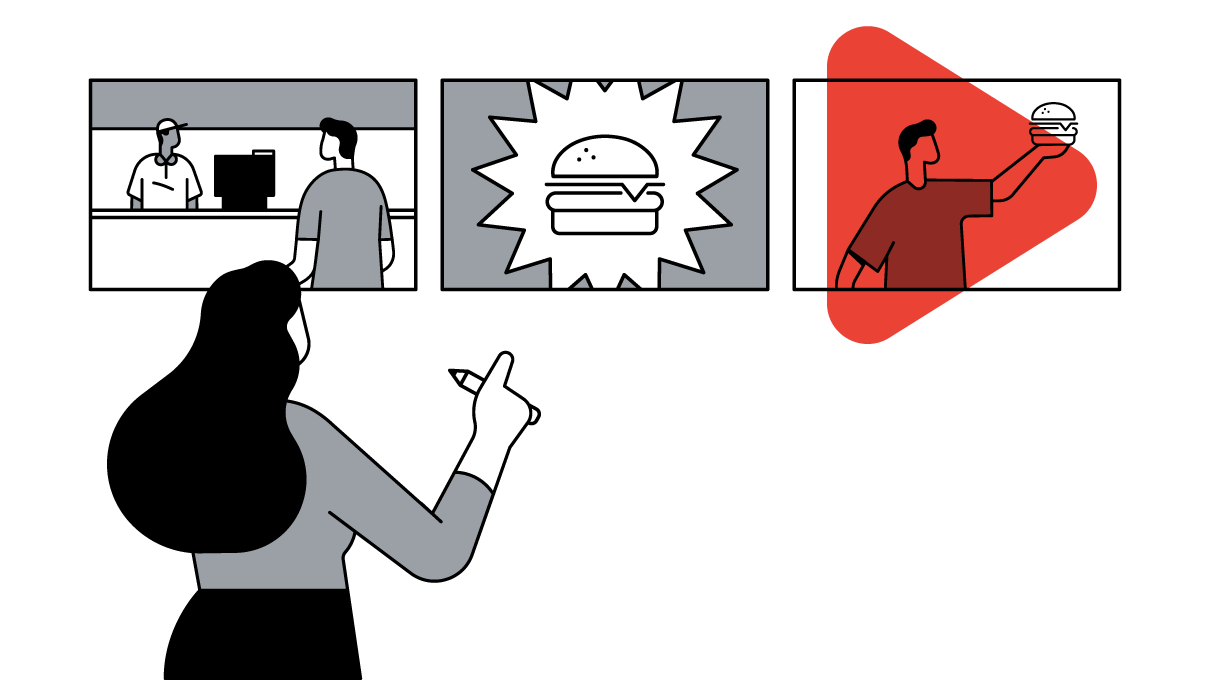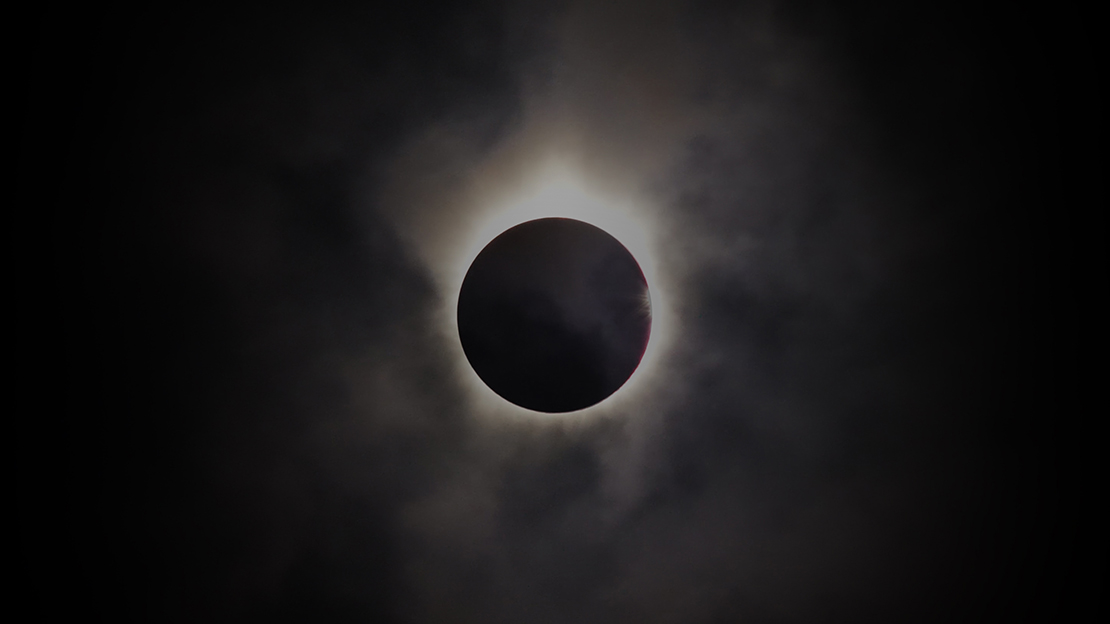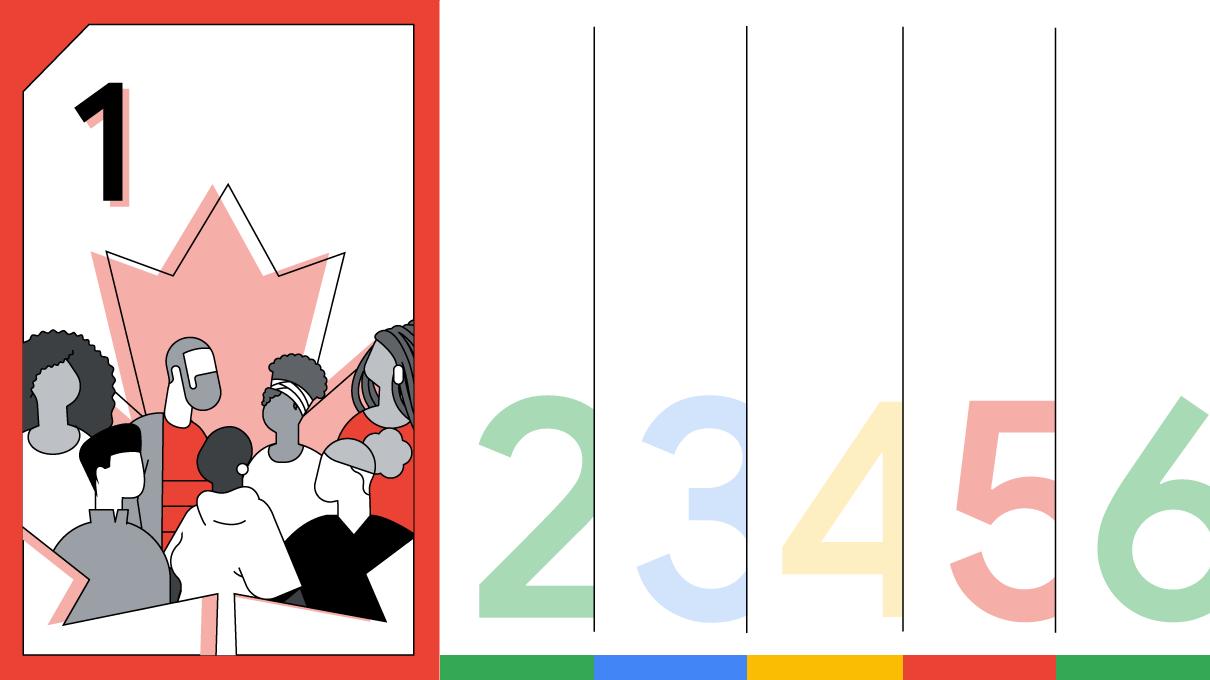How do key thinkers and advertising minds in Canada think about online video? In part one of our series, we sat down with Cossette’s Peter Ignazi and Lisa Hart for an illuminating talk about strategy and storytelling.
Chief Creative Officer Peter Ignazi and Director of Strategy Lisa Hart are two of the forces behind Cossette’s recent award-winning campaigns, including “Sick Kids VS,” “Bring Back the Bees” for Honey Nut Cheerios, and “Ice in Our Veins” to promote Team Canada in Rio.
Both Ignazi and Hart have fresh perspectives on how to work with brands to deliver big impact with digital video. Hosted by Adam Green, Google Canada’s creative agency lead, this Q&A tackles the challenges and opportunities of digital video in Canada, how they are adapting their planning processes, and the tools they use to educate and inspire their clients.
Green: What differences do you see between TV and online video?
Hart: The biggest difference for me is that if you do it right online, you have the opportunity to take someone somewhere else, have them join the conversation, or share the message with somebody. We can also see how long people spend looking at a video or thinking about it and what they did afterwards. You're never going to get that from TV.
Ignazi: With TV there’s always a time limit. Online, there're a lot more ways to play. Online you usually have the ability to make an ad as long or short as you want, depending on the story you want to tell.
Green: Lisa, do you see storytelling changing from a planner perspective? Do you bring different insights to the table?
Hart: The big word for me is context: the ability to play with context, to think about what people are doing, what they're about to watch, what they're going to watch next. You have access to all kinds of data, and then you can decide if you want to lead them down one path or the other, which is definitely way more helpful as a strategist.
How helpful is YouTube as a source for data and insights?
Hart: I think the best strategists will find research in the cheapest, fastest possible ways. YouTube videos—and especially YouTube comments—are one of my favorite things. A lot of times comments tell you a lot more than the video itself. Then, wonderful YouTubers will actually tell you genuinely how they feel or give you a review or even think about the product in a way I never would have considered. Those are places that I mine for insights for the briefing process.
Green: How has the planning process for video changed?
Ignazi: The process has changed completely now from when I started. If you were lucky enough to have a planner in those days, the strategy would come from the planner, and they’d give it to the creative team, who would go in a room and come back with the idea. But nowadays, because of the nature of how media works, that's not how we work anymore. We work in conjunction with partners, and clients are demanding that more and more up front.
Hart: When we get all the smart minds at the table at the very beginning, it always leads to the best work. Why wouldn't I want to meet a person at the table? Why wouldn't I want them to feed into my brief?
“In the online space, not doing something—not taking chances—is the risky thing to do.”
Green: You guys have made some really fantastic and legendarily unskippable spots. Is there a special sauce or advice that you can share?
Ignazi: Find something in a product truth and/or a consumer truth, a target—and tell that well. When we created the SickKids films, we wanted to tell stories that were very genuine, so we used real people, real kids, real doctors, real staff, and real parents. We really wanted to bring these experiences to life. Because if how you tell the story isn’t genuine, then it's not going to resonate with anyone.
Green: What about online video is daunting for you and your clients?
Hart: I don't see it as daunting as much as it is exciting to see how things are going to change. We're going to be around for it. Hopefully we'll be at the cutting edge of the next big thing.
Ignazi: For our clients, it’s the unknown. At Cossette we say, "Creativity is not a risk." Fundamentally what that means is, in the online space, not doing something—not taking chances—is the risky thing to do. If you come up with something that is boring and safe, you're going to get hurt. And so the creativity is the thing that's going to get clients to the next level, and that's what we try to encourage. Our best clients, our most successful clients (which is, luckily, most of them), let us do that kind of thing.
Green: Do you find it exciting to be able to tell stories in a different way?
Ignazi: Yes, any new palette is exciting. Creative people come into this business not because they want to sell soap or cereal or TV sets. They come in because they're creative people, and what we do is harness their creativity to sell soap and TV sets and cereal.
Hart: That's the idea. And we make sure that they make things that actually do things for my clients.
Ignazi: That’s very important. That's why I always tell my creatives to actually get very close to the clients and learn their business and learn the clients' fears, what's keeping them up at night, and what they're excited about. Because learning the business is a very important way of taking that creativity and making great ads. I always say, "Get close to them but don't start thinking like them.” They don't need you to think like them. Otherwise, the clients would just do the work on their own.
Green: Some of the biggest winners at Cannes the last couple of years have been either primarily online videos or had a very heavy online video feature. Do you think that that's a flash in the pan or is this going to be a rich place to play for the foreseeable future?
Hart: Video is not going anywhere. The ability for stories to be told in the best way will always be what will win at the festivals. Right now, that happens to be online video.
Ignazi: I think any type of visual and audio storytelling is going to always be the most compelling way to tell a story. We went through this whole digital revolution where film was associated with TV and felt like an old medium (which hasn't really proven true), and we looked for new ways of telling a story. Now we've come back to the idea that film is the most compelling way to reach people emotionally and touch them that way.
Green: Why do you think that is?
Ignazi: Because when it works well, it makes you feel something. You can really feel something when it's done well in the video format. Online, you get to have a lot more ways to play.
Green: Last question: What makes you come to work every day and inspires you to do great work?
Hart: I go to work every day to make work for my clients that works: “Work that works.” That's really important to me. I think that's definitely important to Cossette.
Ignazi: For me, it’s seeing the hardest-working people in our department make great things. People who are self-motivated go that extra mile and push themselves to go beyond the first few ideas that are pretty good to do something even more extraordinary.
Stay tuned for more videos from our “Think with Canada’s Agencies” series, including conversations with top thinkers from OMD, Ipsos Canada, and Accuen Media.








